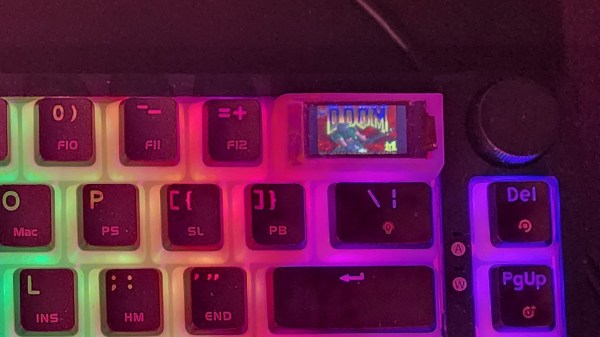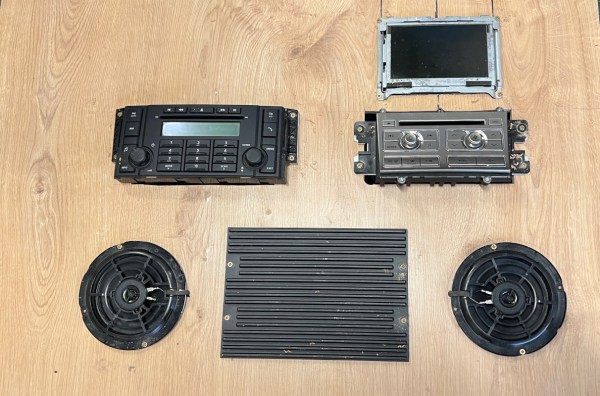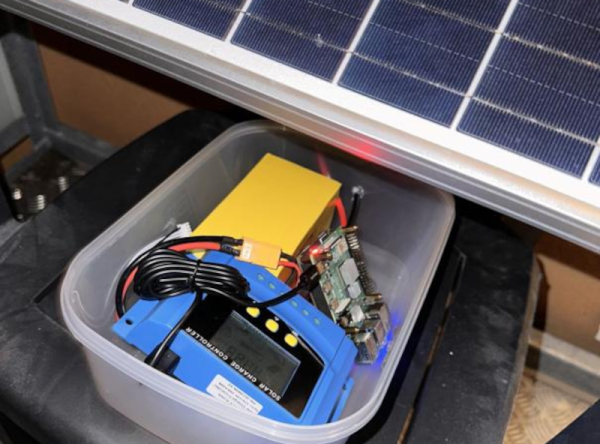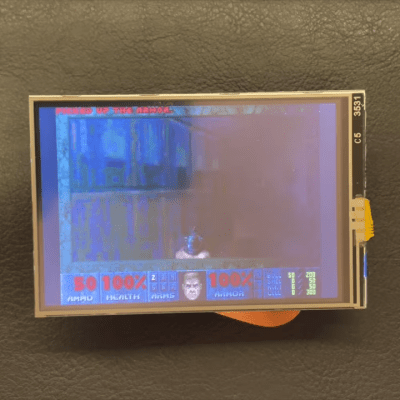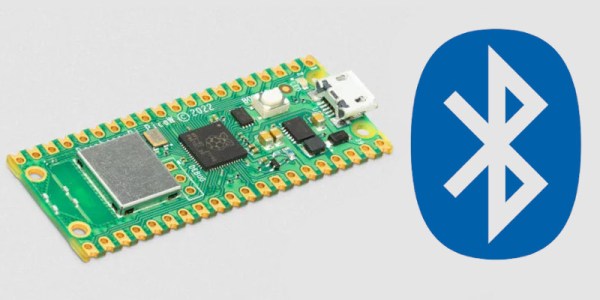Shoehorning DOOM into different hardware is a classic hacker’s exercise, and [TheKeebProject] managed to squeeze the 1993 classic into a custom keycap with the help of a Raspberry Pi RP2040, a custom PCB, and a clear resin enclosure. It even has a speaker for sound!
All processing is done inside the keycap, which is a clever feat. There is a USB connection, but it’s only for power and keyboard controls, so it’s completely playable without needing a whole lot of external support. The custom PCB and code are based off an earlier RP2040 DOOM project, and [TheKeebProject] has certainly made it their own by managing to get everything so tightly integrated. There’s a quick video mashup embedded below. There’s still a bit of work to do, but the code and design files are all on GitHub should you wish for a closer look.
Making DOOM physically smaller is a good challenge, but we’d like to remind fans that we’ve also seen DOOM shrink in terms of power consumption, all the way down to 1 mW.
Continue reading “Running DOOM In A Keycap Takes Careful Work”

